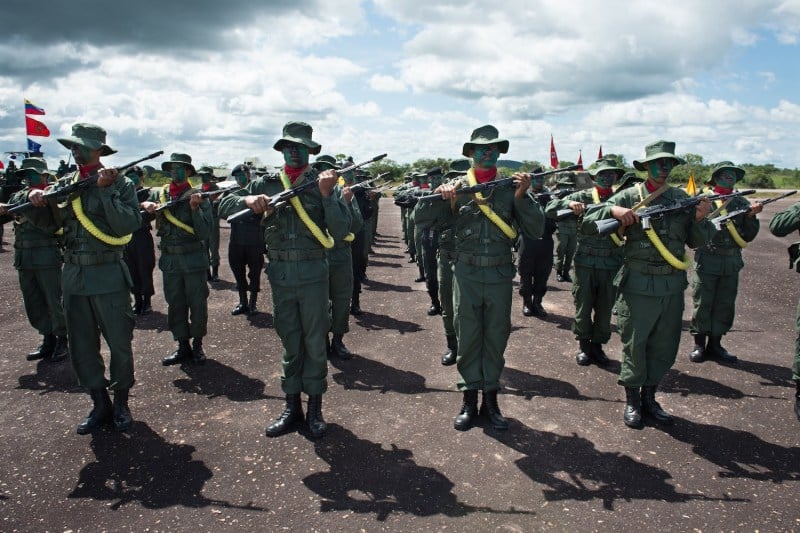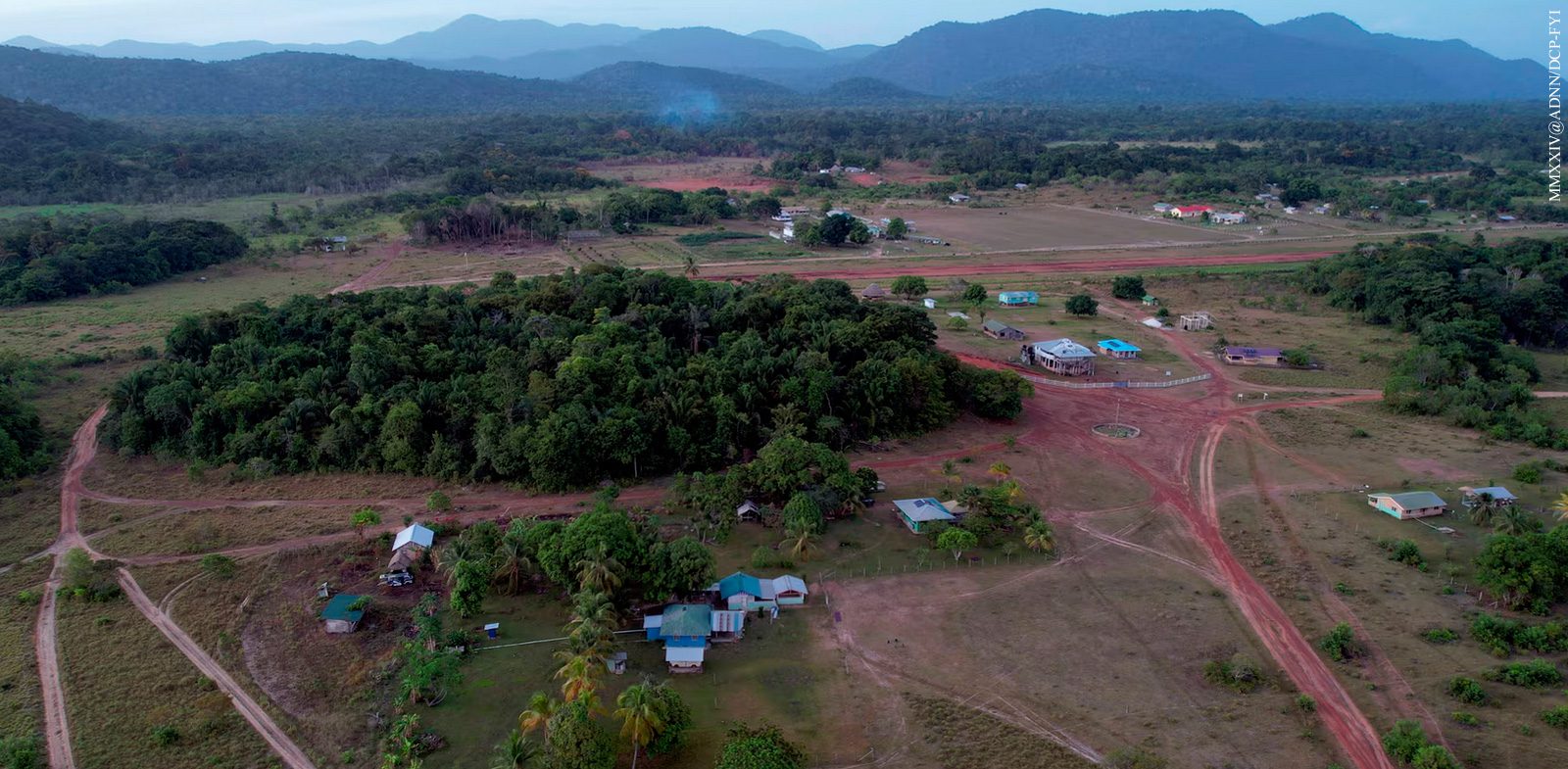Satellite images published by an American research center show the expansion of an army base on the Essequibo border, following an agreement in which Venezuela agreed to resolve the territorial dispute through dialogue.
Guyana said it was concerned about the movement of Venezuelan troops and weapons near the Essequibo region, an area rich in natural resources claimed by the Caracas regime, after satellite images published on Friday (09/02) by a US research center revealed the movement of President Nicolás Maduro’s troops on the border.
According to the report, published by the Center for Strategic and International Studies (CSIS) in Washington, Venezuela is expanding a military base in the region, contrary to an agreement signed in December last year in which it committed to resolving the territorial dispute through dialogue rather than force.
The agreement was signed a few days after Caracas approved the annexation of Essequibo – which corresponds to more than two thirds of Guyana’s territory – in a controversial popular referendum, held after Guyana issued licenses to the private sector for oil exploration off the coast of the region.
Since then, tensions in the region had been easing.
“On the same day that the Venezuelan foreign minister meets with Guyanese diplomats, the Venezuelan army is carrying out tank exercises a few meters away from Guyana. All of this tells us that Maduro is pursuing a dubious policy,” says Christopher Hernandez-Roy, acting director of CSIS’s Americas program, referring to a January 25 meeting between the two parties in Brasilia, mediated by Itamaraty Minister Mauro Vieira.
In the satellite images in the CSIS report, it is possible to see open clearings in the forest on the island of Anacoco – which belonged to Guyana from 1899 until 1966, when it was taken over by Venezuela, and which is separated from the Essequibo by a river – as well as construction material, warehouses and boats.
According to the institute, videos shared by Venezuelan authorities and military personnel between January 24 and 25 show an exercise in Anacoco, as well as the presence of military arsenals such as armored vehicles and aircraft.
Earlier this month, the Brazilian Army sent 28 armored vehicles to Roraima to reinforce border security with Venezuela and Guyana. Two days later, on a visit to Guyana, an American envoy announced closer bilateral cooperation in the area of defense to protect the country’s borders.

Long-standing dispute
The dispute over the Essequibo has been going on since the 19th century, but intensified in 2015 with the discovery of large oil reserves off the coast of the region by the American company ExxonMobil – equivalent, according to estimates, to around 75% of Brazil’s oil reserves. Last Tuesday, the company announced the drilling of two wells in the waters of the Essequibo.
Fearing military action from Caracas, Georgetown took the matter to the International Court of Justice (ICJ) in The Hague at the end of last year. The highest court of the United Nations is expected to take several years analyzing the case before deciding who owns the territory, but it has ordered Caracas to refrain from interfering in the current status of the Essequibo until then.
Maduro, however, does not recognize the ICJ’s authority to arbitrate the dispute and wants to negotiate directly with Guyana. Some analysts see the move as a strategy by the Venezuelan president to mobilize his electorate, while others point out that it could also be an attempt to put pressure on Guyana to share the gains from oil exploitation.
Commenting on the US think tank’s report in an interview with the AFP news agency, Guyana’s Foreign Minister Hugh Todd said that Caracas’ military move on the border is an attempt to force Guyana to abandon the Essequibo trial at the ICJ and “accept Venezuela’s preferred approach of bilateral negotiations”.
ra (AFP, ots) *** Translated with www.DeepL.com/Translator (free version) ***
